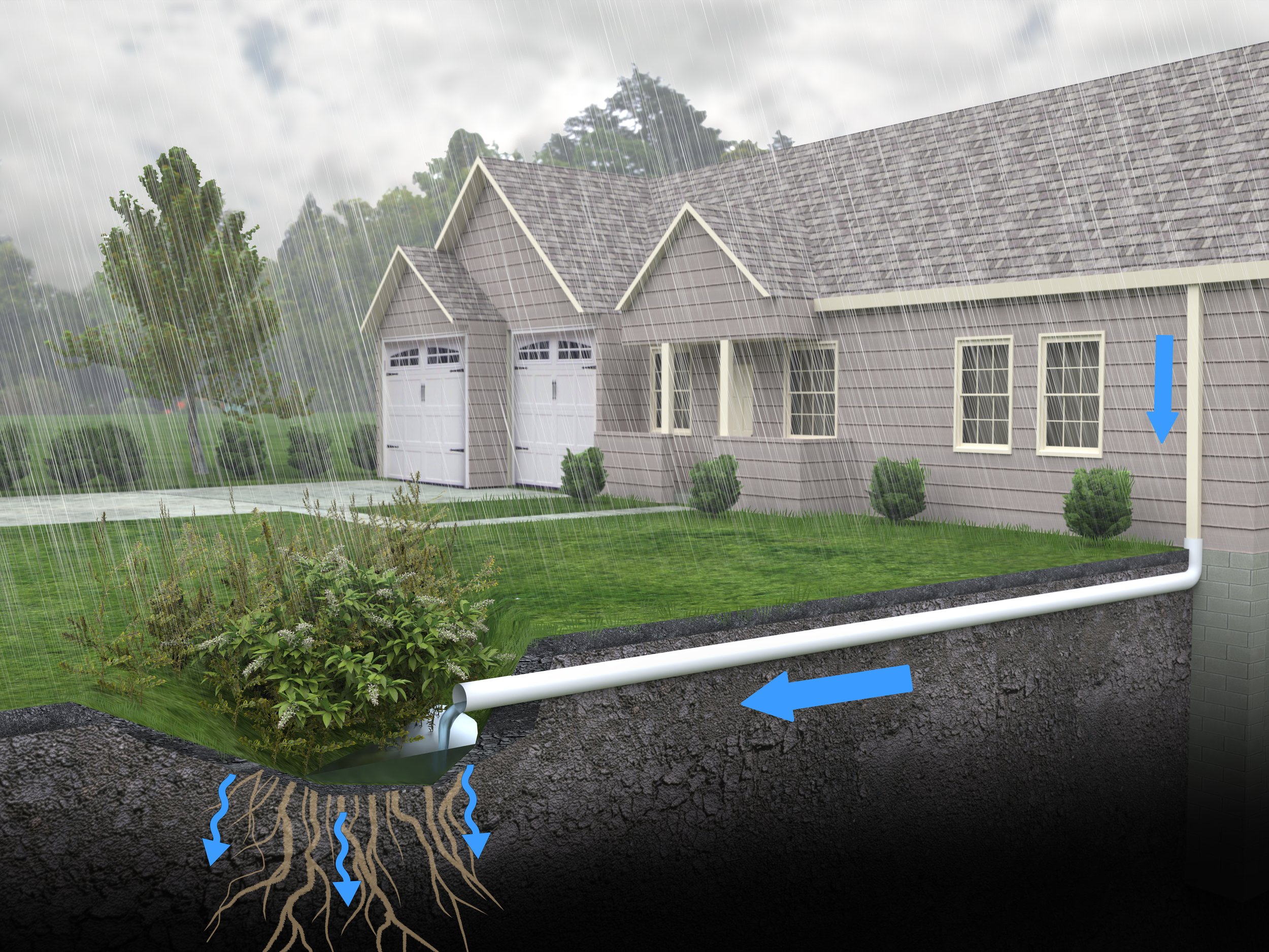Stormwater Management 101: A Comprehensive Guide to Collecting, Treating, and Directing Stormwater Runoff
Drainage systems are an important component of stormwater management, as they help to collect and direct stormwater runoff in a way that prevents erosion, flooding, and other negative impacts on the environment and local infrastructure. Here are some key considerations for designing and installing effective drainage systems:
Site assessment: The first step in designing a drainage system is to assess the site and determine the best locations for collecting and directing stormwater runoff. This may involve analyzing the topography, soil conditions, and other factors that can affect the flow of water on the property.
Surface runoff: Surface runoff is the water that flows over the surface of the ground during a storm. To manage surface runoff, it is important to create a drainage system that directs the water away from structures and other sensitive areas. This may involve installing gutters and downspouts, grading the land to create a slope, or installing permeable pavers or other permeable surfaces that allow water to drain into the ground.
Subsurface runoff: Subsurface runoff is the water that flows beneath the surface of the ground. To manage subsurface runoff, it is important to maintain healthy soil conditions that can absorb and filter the water. This may involve adding compost or other organic matter to the soil, maintaining proper pH levels, and protecting the soil from erosion.
Drainage structures: There are a variety of drainage structures that can be used to collect and direct stormwater runoff, including retention ponds, detention basins, swales, and culverts. It is important to choose the right structure for the specific site and stormwater management needs, and to design and install the structure according to best practices.
By following these steps, you can design and install an effective drainage system that helps to prevent erosion, flooding, and other negative impacts on the environment and local infrastructure.



